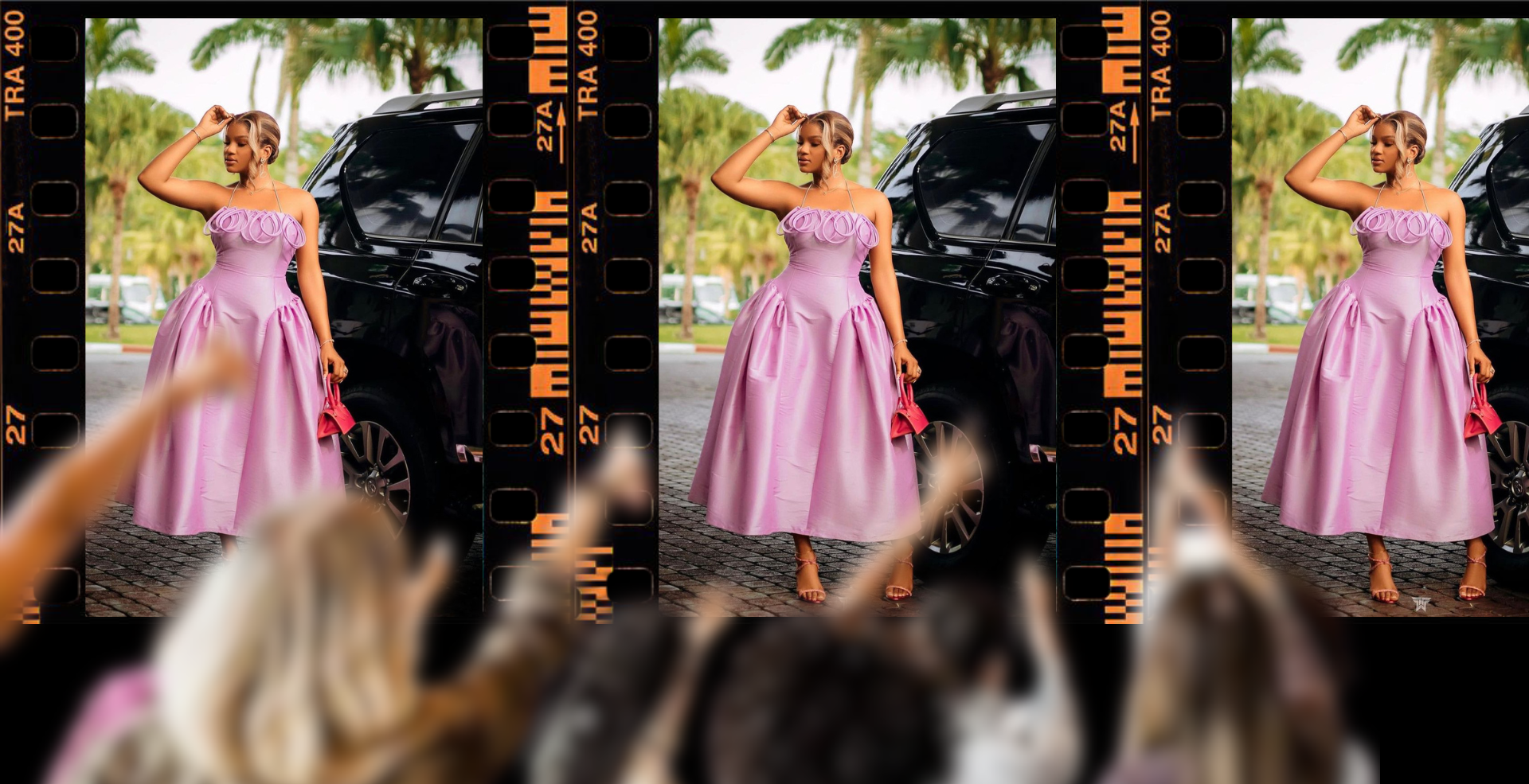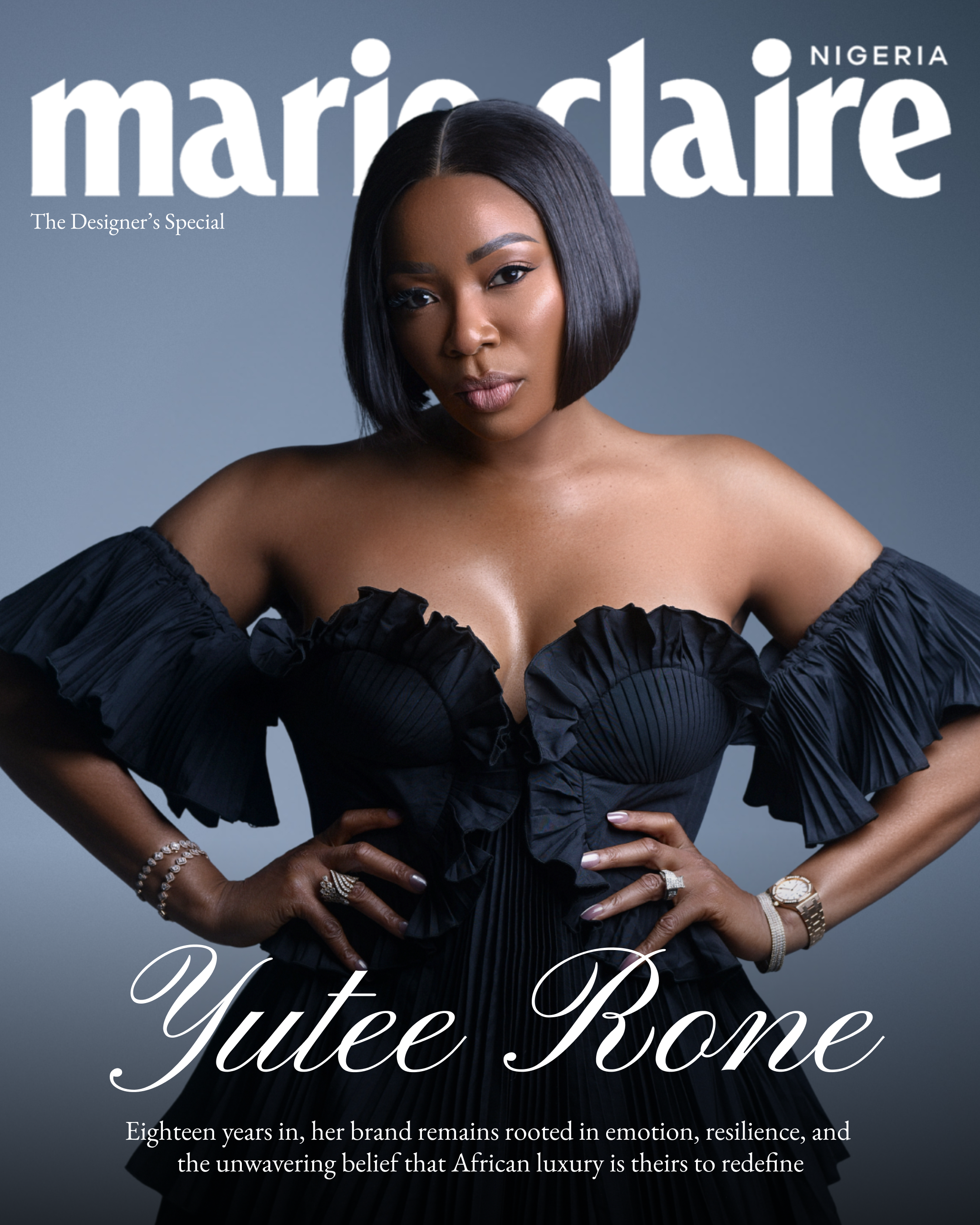In the world of fashion, inspiration often dances on a fine line with imitation, leaving designers and creators grappling with the blurry boundaries between homage and theft. Recently, this tension was laid bare on social media when a young woman called Marvey, who owns a fashion brand proudly shared a video of a dress she made. She claimed it was “inspired by Desiree Iyama”. The designer’s response? A pointed correction: “Nothing about this is an inspiration. It is an outright copy.” The backlash was swift, with social media users divided—some accusing Desiree of overreacting, others defending her claim to originality.
The thin line between inspiration and copying
Let’s start with the reality of the situation. Fashion has always been a cyclical, iterative process. Designers draw from a vast pool of influences—history, culture, art, and yes, other designers. Renowned designers like Virgil Abloh have often cited inspiration from streetwear and earlier fashion icons. However, they manage to infuse their unique perspective into their creations, making them distinctly original.
There’s a significant difference between drawing inspiration and replicating a piece almost stitch for stitch. Marvey, the young designer in question, may have given credit to Desiree Iyama, but credit doesn’t fully address the issue of originality. Even the credit is an attempt to acknowledge the original designer’s influence, which is commendable. However, her dress is a close replica of Desiree’s. The similarities raise concern about the originality of Marvey’s creation, despite her acknowledging its source.
The designer’s right to protect her work
Some critics argued that Desiree should have been flattered and gracious, and perhaps even offer to mentor the young designer. But that response overlooks the years of hard work, creativity, and business acumen it takes to establish a recognisable brand in the fashion industry especially in Nigeria. When a designer’s work is replicated—even with credit—it dilutes the value of the original.
Creatively, it undermines the uniqueness of the design, now it becomes even less associated with the original creator’s vision. Commercially, it can affect the designer’s ability to sell their work at its intended price point, as lower-priced copies can flood the market and reduce the demand of the original. This not only impacts the designer’s revenue but also their brand’s exclusivity and reputation.
It’s not just about a dress; it’s about intellectual property, respect, and the rights of creators to protect their work.
The troubling backlash against Desiree
The most curious aspect of this online controversy is the backlash against Desiree for standing up for her design. One tweet sarcastically questioned whether she wanted to “arrest her with DSS, police or army,” mocking the seriousness of her claim. Another suggested that she should have simply complimented the young designer and moved on, as if defending one’s creative rights is somehow petty or unnecessary.
What’s particularly curious about these responses is the underlying assumption that fashion is somehow less deserving of protection or respect. Just as an author will object to plagiarism or a musician would challenge the unauthorised use of their work, a designer has every right to protect their creation.
A question of fairness
I now wonder how the situation would have turned out if Desiree Iyama were an international brand with a larger platform. Would the same questions be asked? Would we have the same outcry, or would the reaction be different? This is one of the challenges faced by designers out of Nigeria who still deserve the same respect and protection for their intellectual property.
A cautionary note for aspiring designers
It’s important to approach inspiration with care. While it’s natural to look up to established designers, there’s a crucial distinction between being inspired and copying. This incident should serve as a reminder for all aspiring designers to create with originality, rather than replicating the work of others.
A recreation of someone else’s design is not your own creation; it’s simply a replication of their vision. The goal should be to innovate and contribute something new to the fashion world, rather than reproduce what’s already been done. True creativity lies in taking inspiration and transforming it into something uniquely yours.
Why originality still matters in fashion
Fashion is art, and like all art, it thrives on originality and innovation. The idea that a designer should accept blatant imitation as flattery undermines the very essence of what it means to create something new. Yes, inspiration is a natural part of the creative process, but there’s a clear difference between being inspired by a designer’s work and copying it outright.
Desiree Iyama: A voice for innovation
And let’s not forget that Desiree Iyama is not just any designer. Her work has redefined the Nigerian fashion landscape, pushing boundaries and setting trends, like the drop waist, that others aspire to follow. So, when someone takes her design, replicates it, and passes it off as their own—with a casual nod to the original—it’s not just a compliment; it’s theft.
The fashion industry needs more voices like Desiree Iyama, who are unafraid to draw the line between inspiration and imitation. Because if we continue to blur that line, we risk losing the essence of what makes fashion truly exciting—innovation, originality, and the boldness to create something that has never been seen before.


